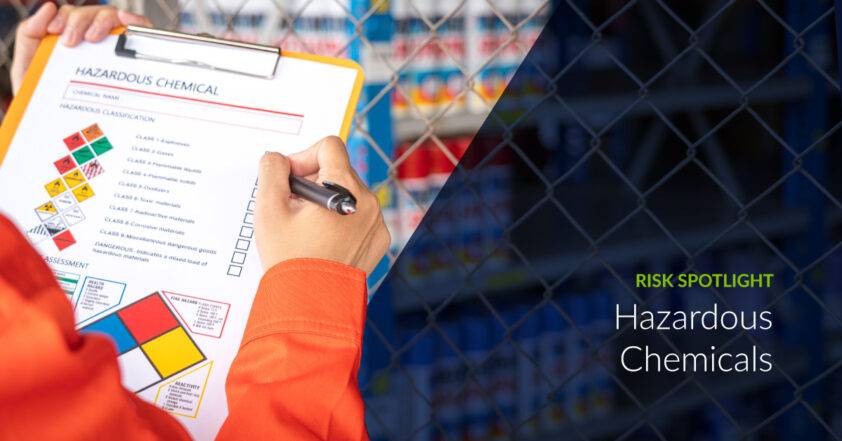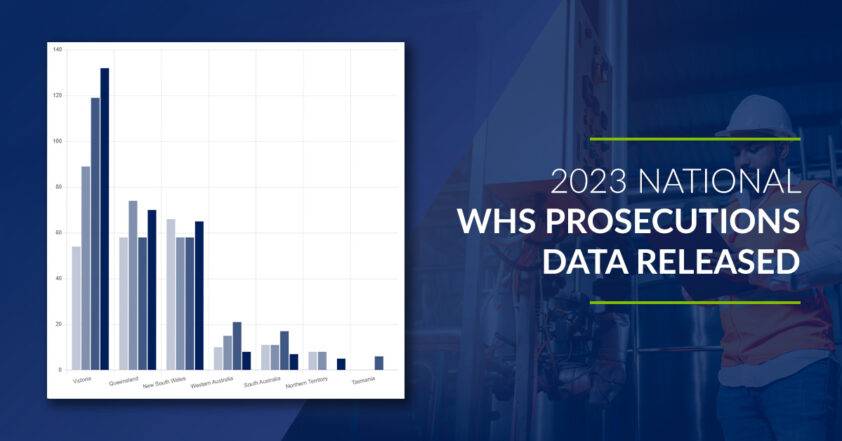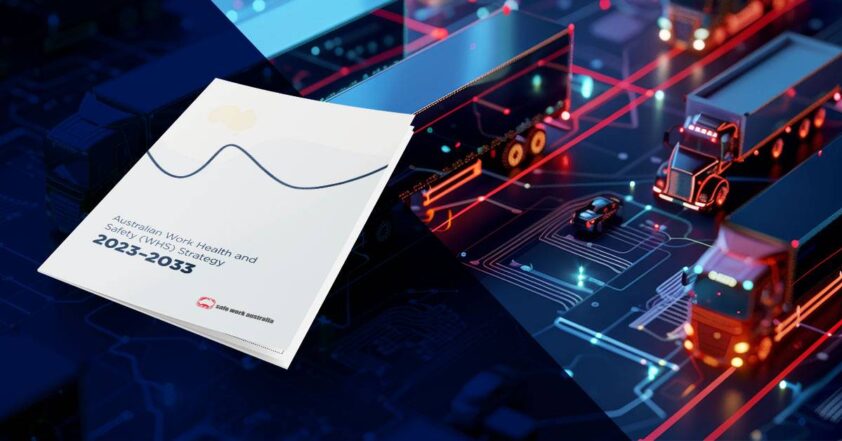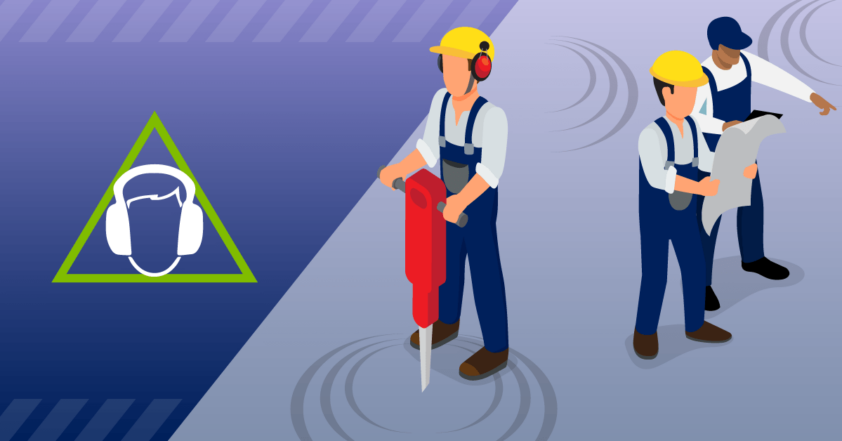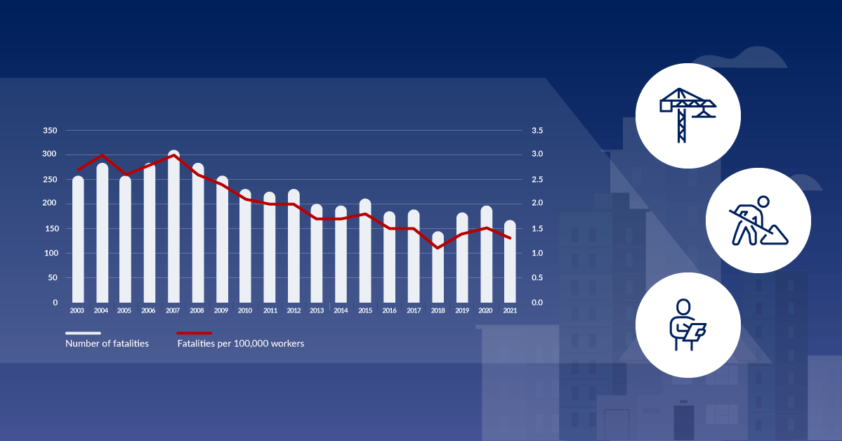Hot Work Safety: Key Responsibilities and Risk Control Measures
Hot Works are routinely carried out across construction, manufacturing, and maintenance works, often involving tools and processes that generate heat, sparks, or open flames. Protecting workers and contractors against the risks associated with Hot Work demands careful oversight due to the potential for, and severity of, safety incidents. Strategies for

